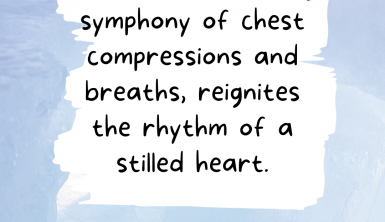With the use of social media, the world’s understanding of ALS reached much further than the families who were suffering from the disease. You may have heard about the trending activity called the “Ice Bucket Challenge” that was originally created to assist families who were dealing with this degenerative disease. This may have lead you to wonder about ALS and how it affects the human body.
Understanding ALS
Amyotrophic Lateral Sclerosis (ALS) is also commonly referred to as “Lou Gehrig’s Disease”. This particular medical ailment is a neurodegenerative disease that progresses throughout the human body. It most affects the nerve cells that are found in the spinal cord and the brain. There are a bunch of neurons that tell the body how to move and react, known as motor neurons, and when an individual has ALS, their motor neurons begin to degenerate. Unfortunately this progressive degeneration eventually leads to death. Without the use of motor neurons, the brain is unable to control the movement of the muscles.
What is Amyotrophic Lateral Sclerosis?
When broken down into sections, Amyotrophic essentially means “No muscle nourishment.” If a muscle does not receive the correct amount of nutrients that it needs, it begins to break down (or atrophies), meaning that it essentially wastes away. In terms of “Lateral”, this defines the area of the spinal cord that is mostly affected by the disease due to the fact that the motor neurons reside there. As the disease progresses, this area of the spine slowly degenerates and begins to harden and scar, which is also known as “Sclerosis”.
The Degeneration of Motor Neurons
One of the main reasons as to why ALS is so detrimental is due to the fact that it impedes the way that motor neurons interact with the brain. When they begin to degenerate, they are no longer able to communicate with the fibres throughout the body that are responsible for moving muscles. Generally individuals who are experiencing the early symptoms of ALS will notice that they have an increased amount of muscle weakness, particularly in their legs and arms. They may also notice that they are having problems with swallowing, breathing, or speaking. This is because the brain isn’t receiving the messages from the motor neurons like it should to ensure that the muscles can work properly. Eventually this leads the muscles to atrophy and become quite smaller than before. This is why patients with ALS generally tend to look thinner, due to the fact that the muscle tissue atrophies over time.
Treating ALS
Much like many other diseases in the world, there isn’t a cure for ALS and to this day, it is a disease that isn’t completely understood by the medical community. There are a few prescription medications that have been approved by the FDA that can be used to help combat the side effects of the disease but the majority of patients find themselves interested in clinical trials for new and upcoming drugs that seem beneficial.
For all services, please visit our Home Page.







